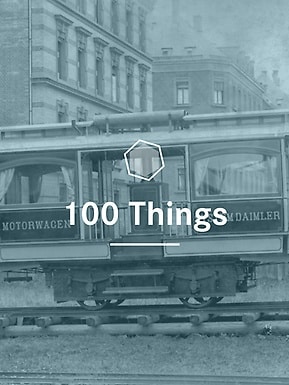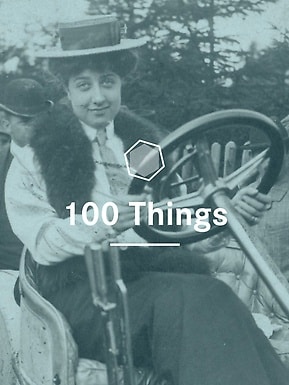When the author of this text started to drive in the early 1990s, his old Golf model was still able to offer him this magic moment: After reaching 99,999 kilometers, the car once again became brand-new in the blink of an eye. In other words, the odometer was reset at zero, or “rolled over.”
However, at Mercedes-Benz the technology was already more advanced, and considerably ahead of its time. The company presented the first car with a six-digit odometer back in the spring of 1971 at an event held to introduce the Mercedes-Benz 350 SL (known in-house as the R 107) to the press. This new series-produced sports car, the successor of the 280 SL — the famous “Pagoda” — offered numerous innovations. For example, the model, a two-seater, was equipped with a fully retractable roadster convertible top and a removable hardtop. Instead of being in the rear of the vehicle, the gas tank was installed above the rear axle and thus protected against collisions. In the car’s interior, the upholstered dashboard and the new four-spoke safety steering wheel with a wide cushioned pad provided maximum crash protection.
And because the engineers were confident that this ultramodern (for its time), comfortable, and safe sports car would also achieve high mileage, they equipped the dashboard for the first time with a six-digit odometer. However, this was not explicitly mentioned in the documentation provided to the journalists at the press event. The text said simply, “The cockpit of the 350 SL was designed to comply with the latest findings regarding occupant safety. The entire dashboard has a smooth surface, and its resilience is adapted to the human body’s capacity for enduring stress. Three round displays lie clustered before the driver: the speedometer and odometer, the tachometer, and a combination of the fuel tank gauge, the oil pressure indicator, and the coolant thermometer”. Incidentally, the odometer shows the kilometer reading, and should not be confused with the speedometer although they are in the same display.
The SL quickly became a coveted classic among customers — partly thanks to its appearance in TV series such as “Dallas” and “Hart to Hart.” Series production of the 350 SL ended in August 1989, more than 18 years after the model’s launch. Today the 107 series is still regarded as a design icon, and well-preserved vehicles with as many original parts as possible are still being sold for ever higher prices in the used car market. And because they run so reliably, it’s said that there are vehicles that have already been “rolled over” — but only after they’ve been driven for 999,999 kilometers.
































